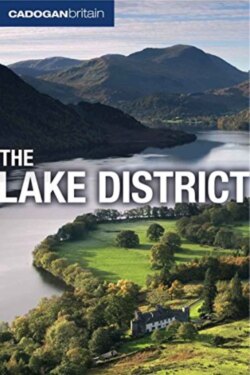Читать книгу Britain: The Lake District - Vivienne Crow - Страница 18
На сайте Литреса книга снята с продажи.
Hadrian’s Wall – the Romans Arrive
ОглавлениеThe Roman invaders arrived in Britain in AD 43 and, at first, the Brigantes co-operated with the new rulers, living autonomously in their northern kingdom. When the Brigantes began fighting among themselves though, the Romans became increasingly involved in the affairs of this remote corner of the empire until the Celts were finally subdued in about AD 71.
The historian Professor R. G. Collingwood once said that Cumbria was ‘almost at vanishing point in the scale of Romanisation’. There is plenty of evidence of Roman roads, forts and other defensive structures in the county, but this was purely a military zone and, as such, you won’t find villas or markets or even Roman place names. But the military establishment was an impressive one and many of the forts survive today as do the roads that link them. One of the most dramatic of forts is at Hardknott (see here), high above Eskdale on the road linking the port of Ravenglass (see here) with the fort near Ambleside (see here). The road crossed the Hardknott and Wrynose passes and the modern road, with its many hairpin bends, still uses part of it (see here). Just as famous today is High Street (see here), the road crossing the high fells between Ambleside and Brougham (see here). Much of it is still used as a right of way popular with fell-walkers and cyclists.
Further north and the Romans constructed one of the most abiding images of their occupation of Britain – Hadrian’s Wall (see here). This was built under the orders of the Emperor Hadrian after his visit to Britain in AD 122. He wanted, according to his biographer, to ‘separate the Romans from the barbarians’. It ran for 73 miles (117 km) from Wallsend on the River Tyne to Bowness-on-Solway in Cumbria.
